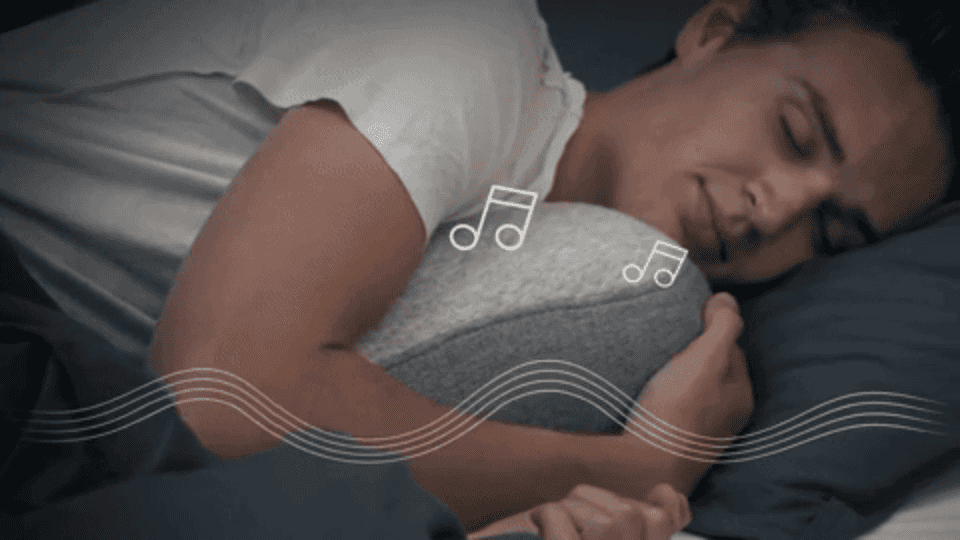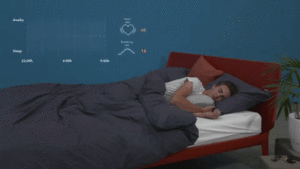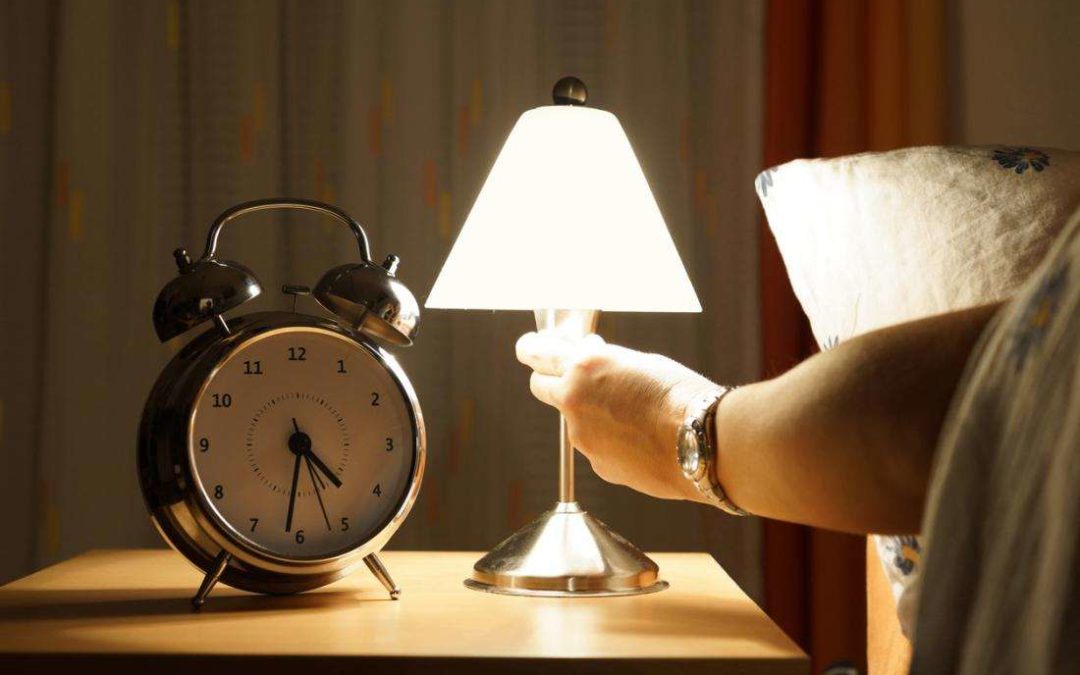
The Somnox Kickstarter is successfully completed, what’s next?
An interview with the chief technology of the Somnox team, Stijn Antonisse. He tells us all about his experiences with the Kickstarter period and about what’s going to happen next.
The Kickstarter period went very well and brought €200,274 in investments. What’s going to happen next?
The coming months will be all about investing in fabrication equipment and the components of Somnox. Together with Auping, we will create Somnox out of these materials. Thanks to the Kickstarter period we’ve collected all the money we need to actually do these investments, because they are of course quite expensive.
‘The button to initiate the production line of Somnox can finally be pressed.’
How do you look back on the last weeks?
It was very hectic, there’s a lot of things coming at you. We’ve never expected to reach 70% of our goal in just the first day, and that we would achieve the actual goal in only 4 days. A crazy start to bring Somnox on the market!
Will the Somnox delivered to the people who’ve ordered them be exactly the same as Somnox is at this moment?
Mostly yes, aside from a few adaptations that will make Somnox even better than it is now. The model, the size etc. will all be the same. It is mainly about the adaptations to the software. The control panel and the software will be adapted to make them flawless and to optimize the interaction between Somnox and the user.
When can I expect my Somnox to arrive if I have ordered one through the Kickstarter page?
In the summer of 2018, the sleep robots will be delivered to the people who’ve ordered one through Kickstarter. In the coming six months, the Somnox will be further improved to be able to deliver an optimal Somnox sleep robot to your home.
Are you also still going to test with Somnox or is the test period over now?
We’re continuing the tests. Now that we have 10 fully functioning prototypes and enough money for logistics we can really iterate towards an optimal Somnox at launch. With the current prototypes, we can even let test sleepers keep Somnox for over a month instead of only one week. This will increase the accuracy of the results regarding the long-term use of Somnox.
The Kickstarter period is over now, can I still order Somnox?
At the moment you can order Somnox at Indiegogo with a 15% discount, though we’re not quite when this offer will expire. But from now on Somnox can be ordered anytime, though not always with a discount.
What does the future look like after the first batch in summer is delivered?
Eventually, our dream is to see Somnox being sold in retail stores where people can buy it and take it home straight away. Another idea that we have is to maybe work with a lease model. You pay a certain amount of money each month or year, and thereby you’re ‘renting’ Somnox.
Besides, we will always continue improving and optimizing Somnox. After the first batch delivery in summer, we will be very pleased to receive all the feedback to improve Somnox even further. We’ll not stand idly by!






Recent Comments